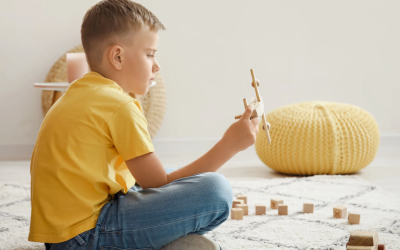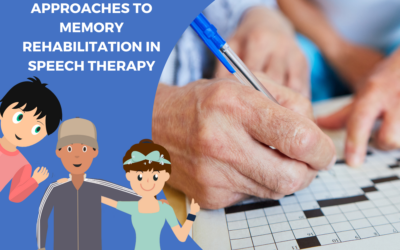The advent of digital media has opened up revolutionary new perspectives in the field of rehabilitation and management of pathologies affecting fine motor skills. Fine motor disorders, whether related to neurological, orthopedic or developmental conditions, pose considerable challenges for healthcare professionals. However, the skilful integration of technology into the rehabilitation process offers a glimmer of hope, providing notable benefits in improving precise motor skills.
Dynseo’s “The Rolling Ball” is a significant innovation in the field of fine motor rehabilitation. This innovative digital application stands out for its playful design and therapeutic focus, offering an interactive approach to stimulating precise motor skills. Featuring a virtual marble on a variety of routes, it stimulates hand-eye coordination and concentration, and encourages fine, controlled movements.
Adapted to a wide range of pathologies, from hemineglect to developmental disorders, “The Rolling ball” is a versatile tool for rehabilitation. Thanks to its user-friendly interface, this application engages patients while providing personalized monitoring of their progress.
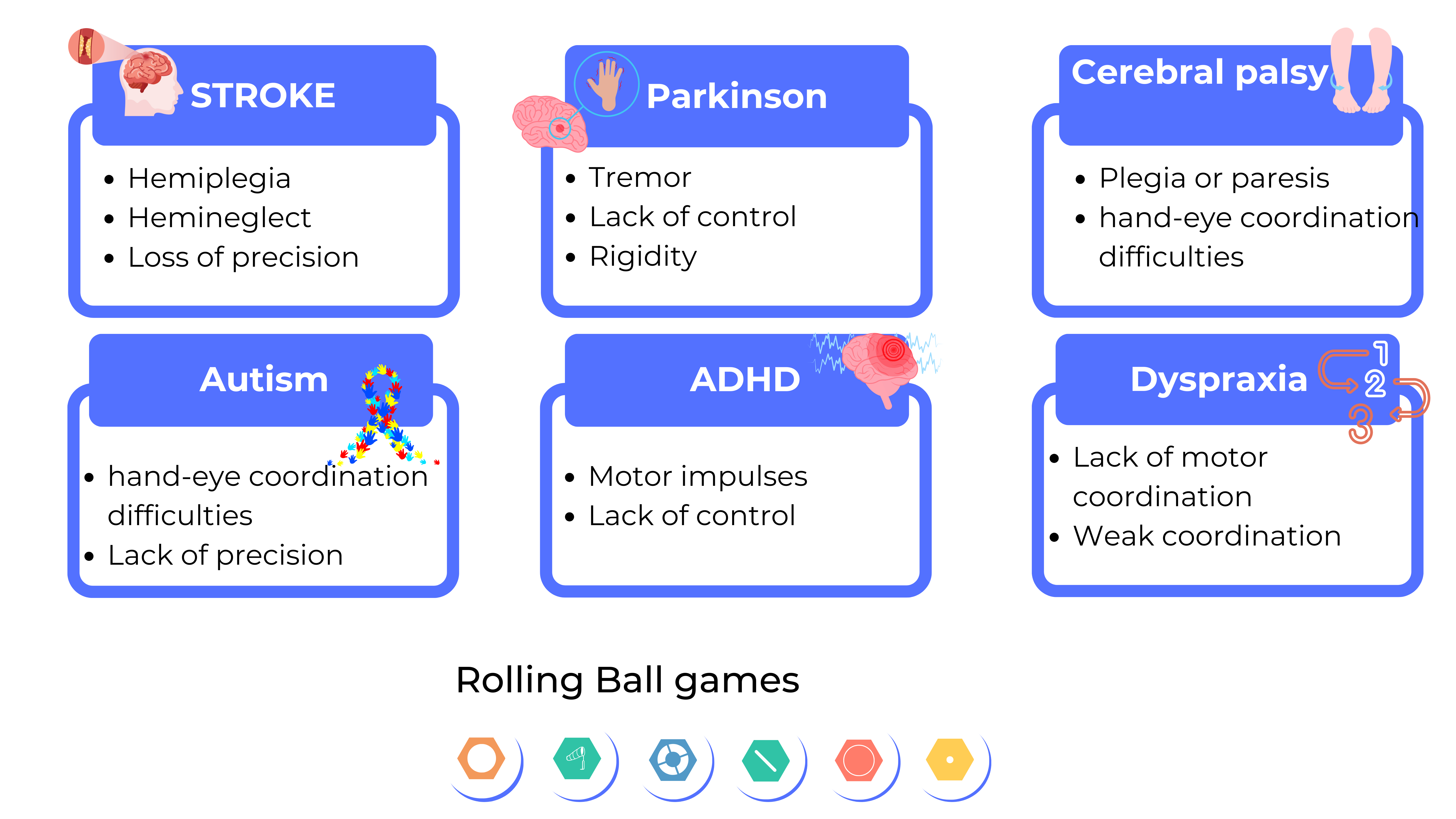
Applications for the Rolling Ball
Digital tools focusing on the development of fine motor skills, hand-eye coordination and hemiplegia management are proving particularly relevant in a wide range of pathologies.
– Neurological disorders: stroke, Parkinson’s disease or infantile cerebral palsy.
–Developmental disorders: autism spectrum disorders (ASD), ADHD and dyspraxia
In short, whether in the context of neurological diseases or developmental disorders, the judicious use of digital tools dedicated to fine motor skills is proving promising in improving patients’ quality of life and facilitating their rehabilitation.
AVC
Stroke survivors face significant challenges related to fine motor skills. Stroke often leads to impaired motor function, affecting the precision and coordination of movements, particularly in the upper limbs. This can mean difficulty performing simple everyday tasks such as grasping objects, buttoning clothes or writing.
Stroke can have the effect of hemineglect, characterized by neglect of the space on the side opposite the brain lesion, which often exacerbates the difficulties encountered. Motor skills and eyesight are strictly linked, so it’s important to work on both skills in parallel.
Another effect of stroke can be hemiplegia. Hemiplegia, characterized by partial or complete paralysis of one side of the body, frequently leads to difficulties in performing tasks requiring precision and meticulous coordination. Hand-eye coordination becomes crucial in this situation, as fine motor recovery often involves relearning precise gestures with the affected hand.
Wind resistance
In this game, the player must keep the ball in the center of the screen. During the activity, the wind may come from the left or the right. To keep the ball in the center, the operator must tilt the shelf away from the wind direction.
This exercise trains hand-eye coordination and uses both halves of the field of vision (useful for hemineglect), as the person has to see which way the wind is coming from. By tilting the tablet to the left or right, the user has to use both hands, which is very useful in cases of hemiplegia.
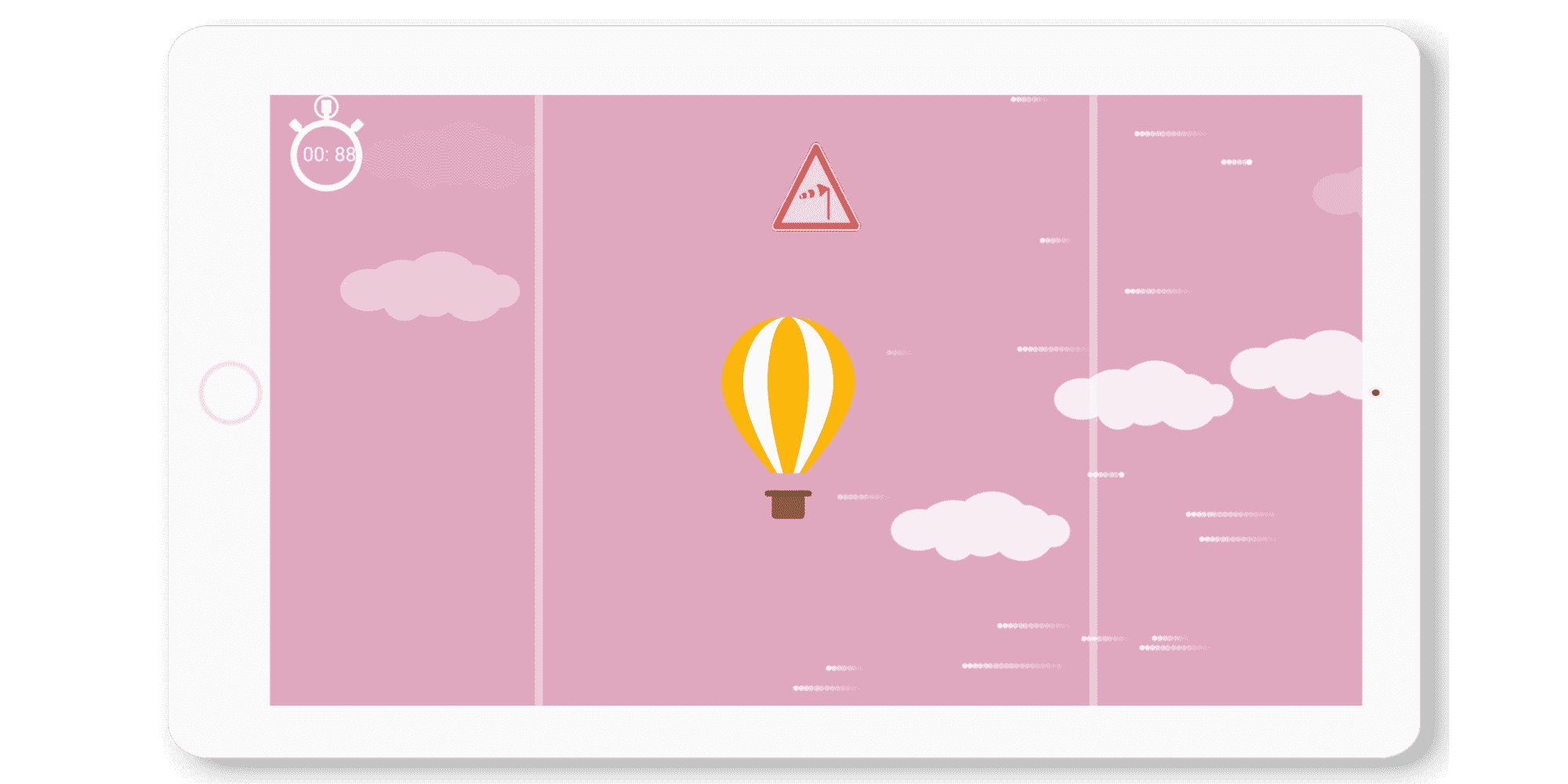
Autism
Individuals with autism spectrum disorders (ASD) often face a variety of challenges, among which difficulties with fine motor skills and hand-eye coordination play a significant role. People with autism may have particularities in the development of fine, precise movements, which can influence their ability to carry out everyday activities requiring meticulous coordination. Hand-eye coordination, essential for tasks such as writing, cutting or drawing, can be a source of frustration.
Fine motor skills are closely linked to the development of cognitive and social skills, and their deficit can affect the autistic child’s participation in school and social contexts. Adapted interventions aimed at stimulating fine motor skills in these children are therefore of considerable importance, not only to improve their motor skills, but also to enhance their autonomy and promote their involvement in daily and educational activities.
Current rise
In this game, the player must tilt the table to reach the goal with the ball. In the screen there will be obstacles and a current pushing the ball in the opposite direction.
This activity stimulates divided attention and eye-mail coordination. The user has to pay attention to several elements (obstacles, current, ball, etc.), so his or her gaze has to move around the screen. Since there is current, the ball’s movement does not correspond exactly to the inclination given to the tablet, so the person has to pay attention to external stimuli.
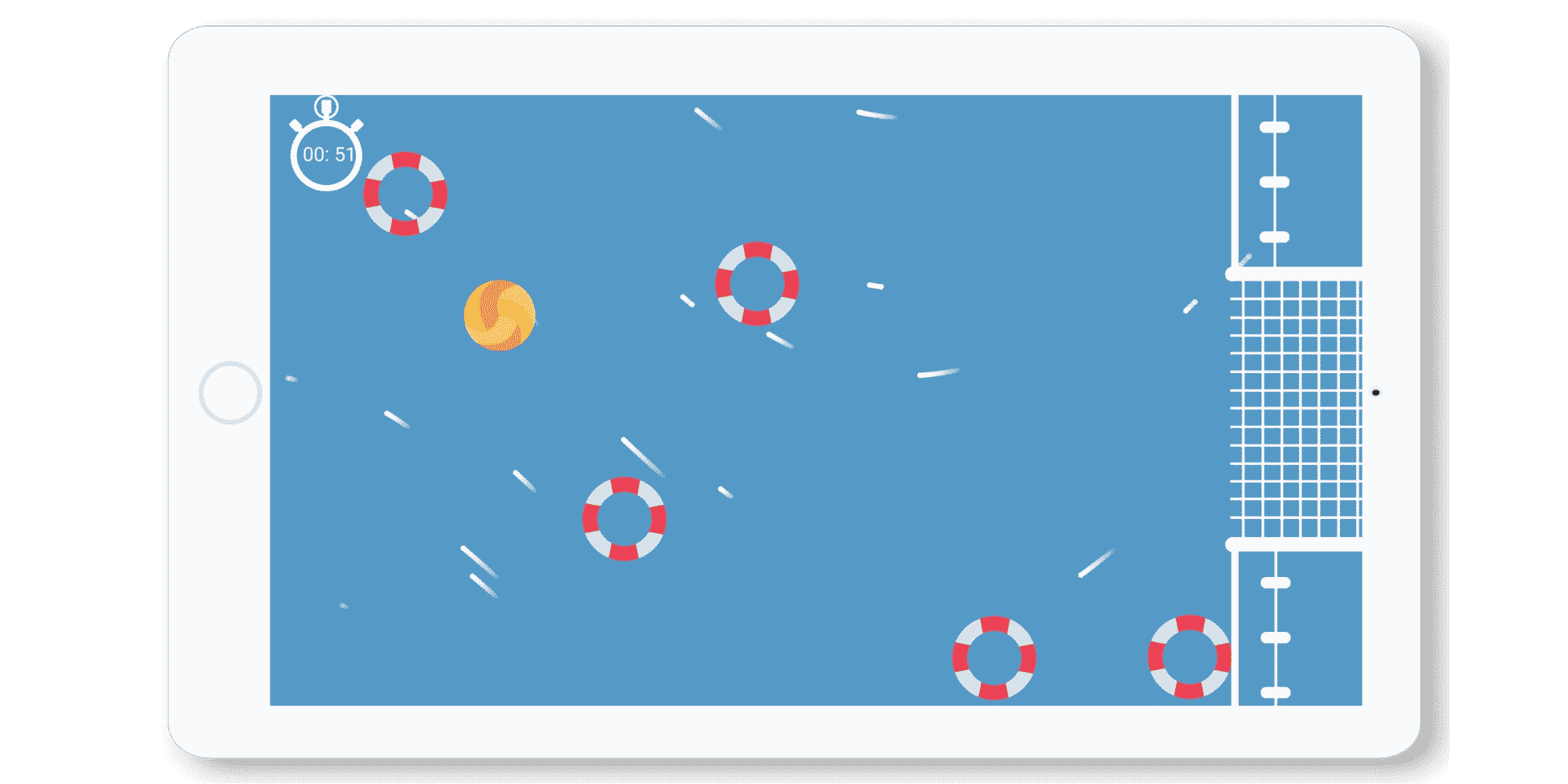
ADHD
Individuals with attention deficit disorder with or without hyperactivity (ADHD ) face a variety of challenges, among which aspects related to fine motor skills, hand-eye coordination and movement control can be particularly pronounced. Concentration and attention difficulties specific to ADHD can have a negative impact on fine motor skills and coordination, sometimes making precision tasks more difficult. Hand-eye coordination, essential for activities such as writing, typing and other manual tasks, can be affected by uncontrolled motor impulses.
Digital tools, by integrating specific programs for fine motor skills and coordination, can provide important support. These interactive applications focus on exercises designed to strengthen hand-eye coordination, while providing mechanisms for controlling movements.
Circle tracking
In this exercise, a circle moves across the screen and you have to tilt the tablet to keep the ball in the circle.
This exercise trains attention and movement control, because you have to follow the rhythm of the circle and keep the ball within it. Since the circle can change direction, the person cannot anticipate movements (so, for example, people with ADHD have to control their motor impulses).

Parkinson
Individuals with Parkinson’s face significant impairments in fine motor skills, hand-eye coordination and movement control, all crucial facets of daily life. Parkinson’s disease, characterized by motor disorders such as muscle rigidity and tremors, can lead to significant difficulties in performing tasks requiring fine precision and coordination. Hand-eye coordination, essential for activities such as writing, manipulating objects and performing precise gestures, can be severely affected.
Parkinson’s is a neurodegenerative disease, so lost skills cannot be regained, but the debilitating effects of the disease can be mitigated. It is therefore important to exercise regularly.
Center ball
In this activity, the person must keep the ball in the center of the screen.
This activity is very useful for anyone who has tremors or difficulty controlling their movements. This exercise, unlike the others where you have to move, consists of holding the position. Maintaining a stable position requires movement control and force management.
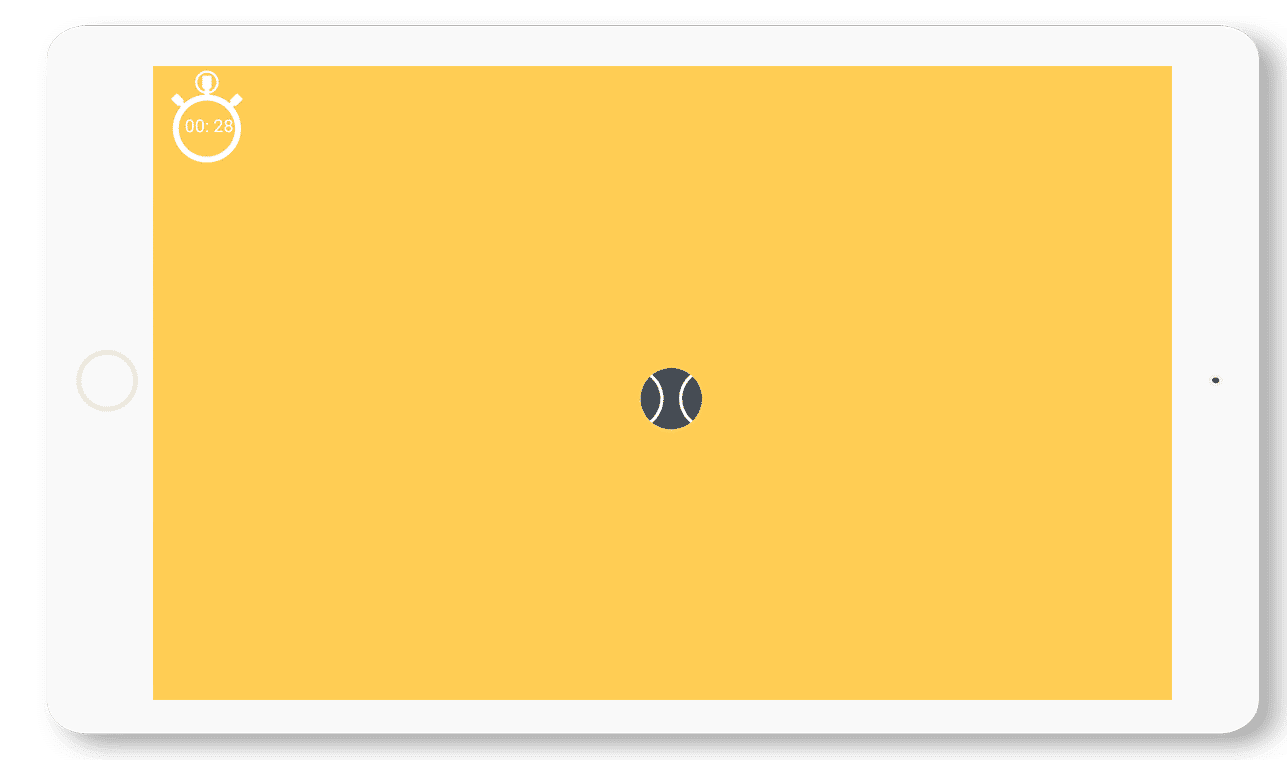
Cerebral palsy
Infantile cerebral palsy (ICP) is a neurological condition that affects motor control and coordination in children. This condition, often caused by brain damage before, during or after birth, can lead to significant challenges in fine motor skills, hand-eye coordination and movement control. Children with ICP may have difficulty performing precise, coordinated gestures, which can affect their ability to carry out everyday activities. Hand-eye coordination, essential for the development of fine motor skills, is becoming a crucial aspect of ICP management.
Plegia or paresis, frequently observed in the context of cerebral palsy (CP), represents a significant manifestation of this neurological disorder. Plegia is characterized by complete paralysis of the limbs on the right or left side of the body, while paresis refers to partial paralysis, resulting in significant muscle weakness.
Passage through the circle
In this game, circles will appear in random positions on the screen. The person must tilt the table to wait for the circle with the ball.
This exercise allows you to work on movement in all directions (up, down, left and right), so it’s very useful in cases of paresis, for example. The operator must be reactive and adapt his or her movement to the position of the circle.
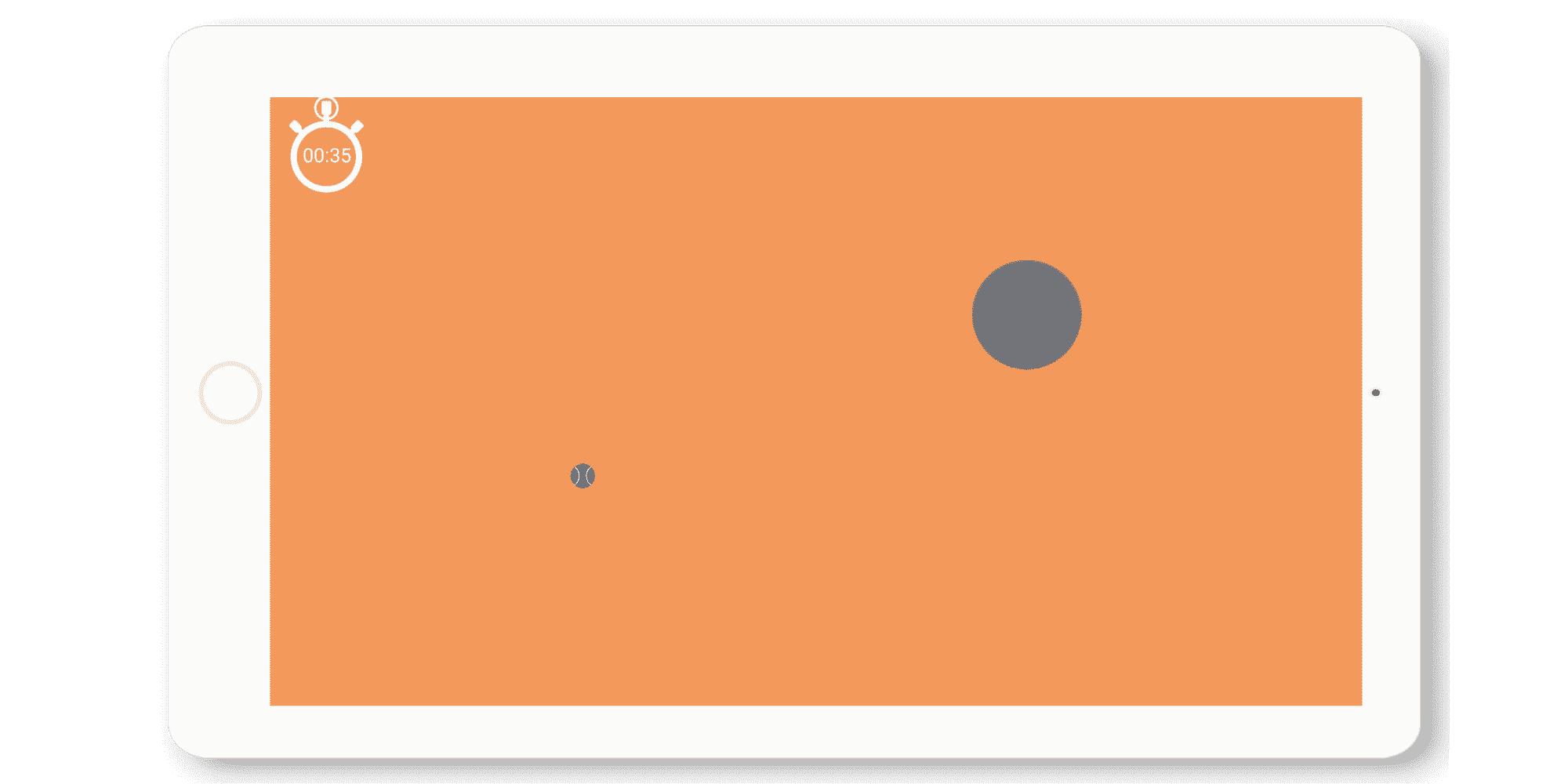
Dyspraxia
Dyspraxia is a neurodevelopmental disorder that affects the planning and execution of movements, resulting in significant difficulties in terms of fine motor skills, hand-eye coordination and movement control. Dyspraxic individuals may experience particular challenges in performing precise, coordinated gestures, which can have an impact on their ability to carry out everyday activities. Hand-eye coordination, essential for tasks such as writing, manipulating objects or cutting, is often compromised in people with dyspraxia.
Line monitoring
In this activity, there’s a line on the screen (you can choose different types of line) and the player has to get the ball to follow the line.
This exercise helps you to organize your movements, since you can already see the route to be taken and anticipate the movement to be made. If the ball goes out of bounds, its movement can be adjusted to return it to the course. So it’s important to know how to control the movement.
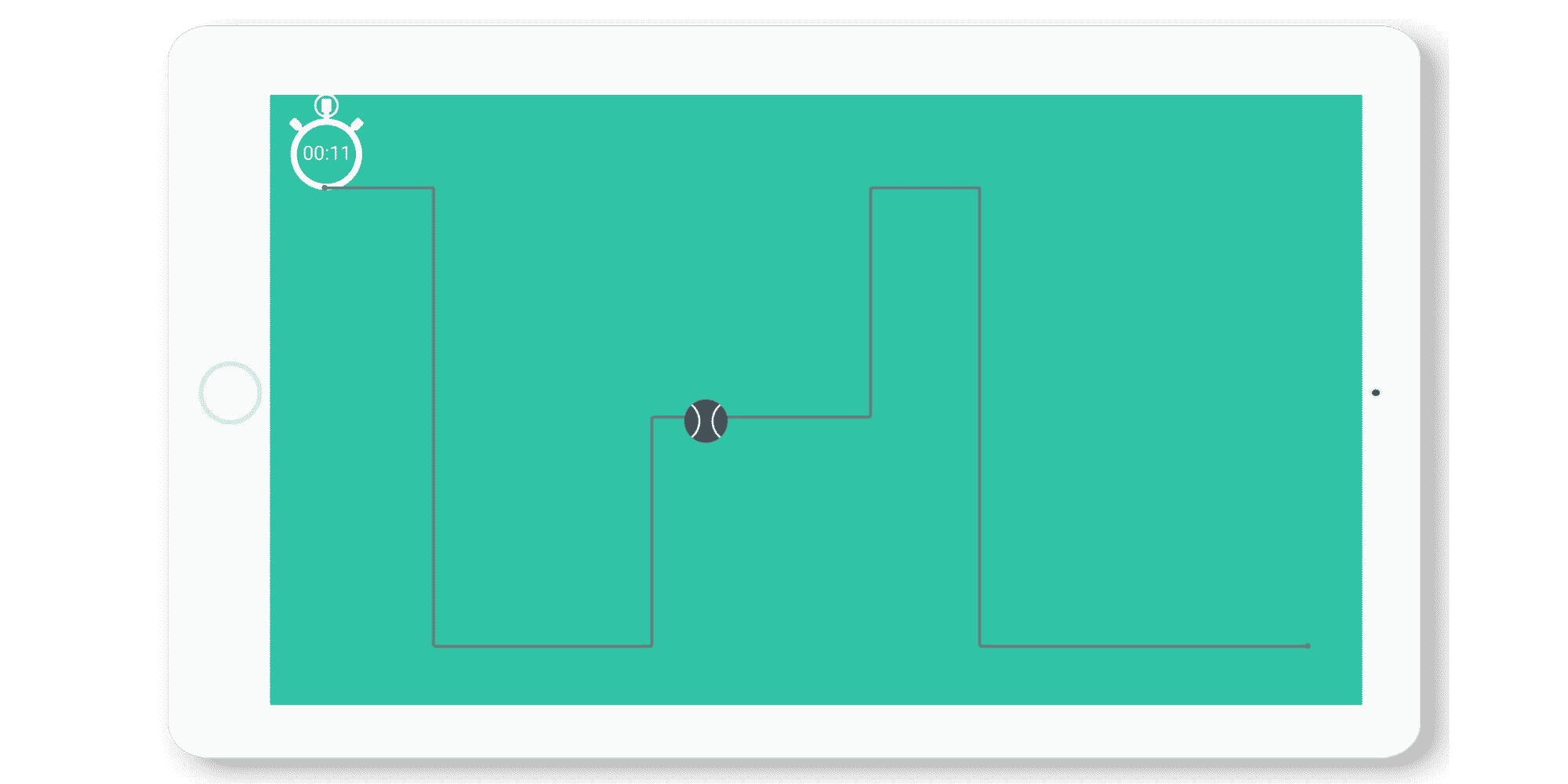
Customize exercises
The Rolling Ball offers activities for children, adults and seniors. Exercise parameters can be adapted to personalize the game to suit the individual and his or her needs.
You can choose the size of the ball, the size of the circles, the speed of the movement… All these adaptations allow you to have a specific exercise for each need and to be able to follow the evolution of the skill.
What’s more, The Rolling ball records your performance so you can track your progress over time.
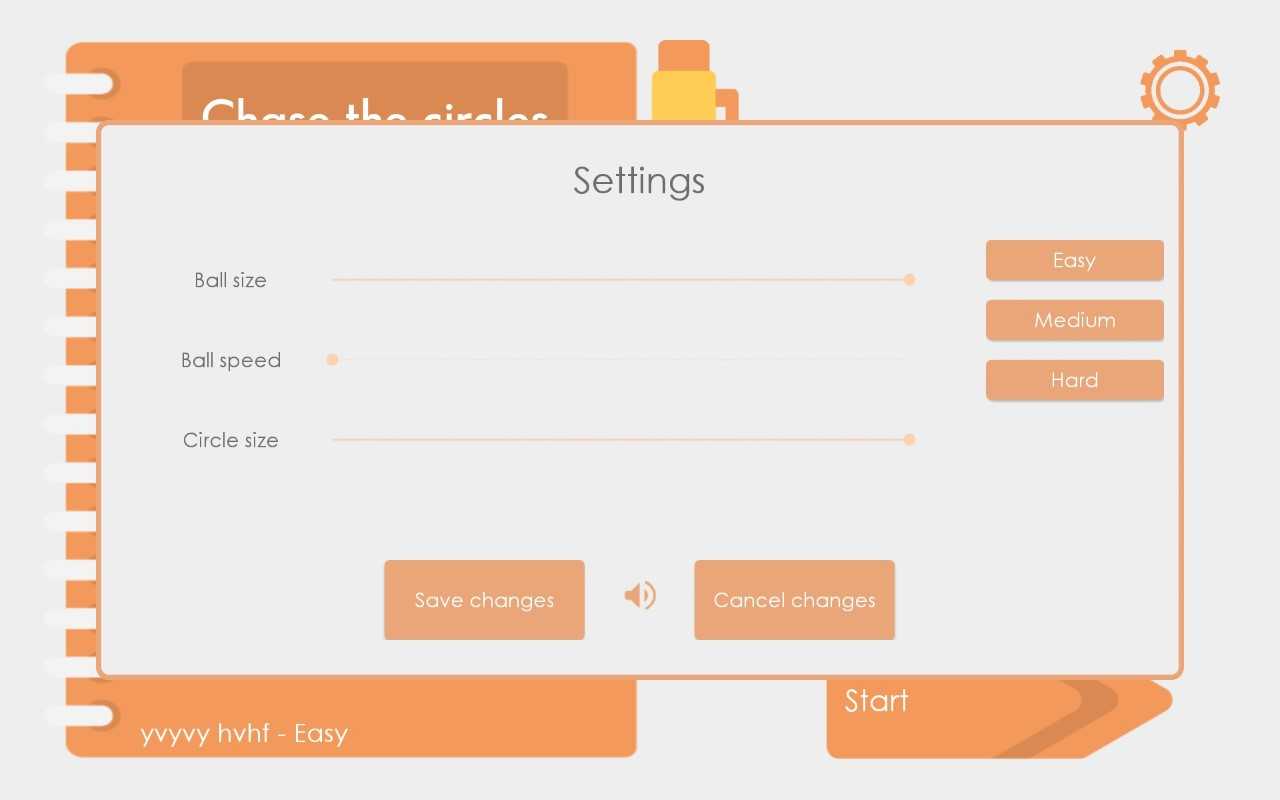
Fine motor rehabilitation is thus emerging as an essential cornerstone in the management of disorders affecting this fundamental skill. Whether in the context of neurological pathologies such as cerebral palsy, autism spectrum disorders, or other conditions compromising fine motor skills, interventions to stimulate and improve these skills are of paramount importance. Fine motor skills, which encompass precise hand and finger movements, are not only crucial for everyday activities, but also for cognitive, social and emotional development. Advances in rehabilitation approaches, whether based on traditional methods or innovative technologies, offer promising prospects for improving the quality of life of affected individuals. Customized rehabilitation programs, multi-disciplinary collaboration and the integration of adapted technological solutions help maximize the benefits of fine motor rehabilitation, enabling individuals to overcome obstacles, regain their independence, and engage fully in their daily environment.
THE ROLLING BALL, A TABLET APPLICATION THAT TRAINS ATTENTION AND FINE MOTOR SKILLS
The Rolling Ball is our tablet application for fine motor skills. The tablet is used as a balance support to move the ball around the screen. The Rolling Ball is a set of complementary exercises for the functional rehabilitation of people with movement and coordination disorders (Parkinson’s, apraxia, dyspraxia…).
Several exercises are available:
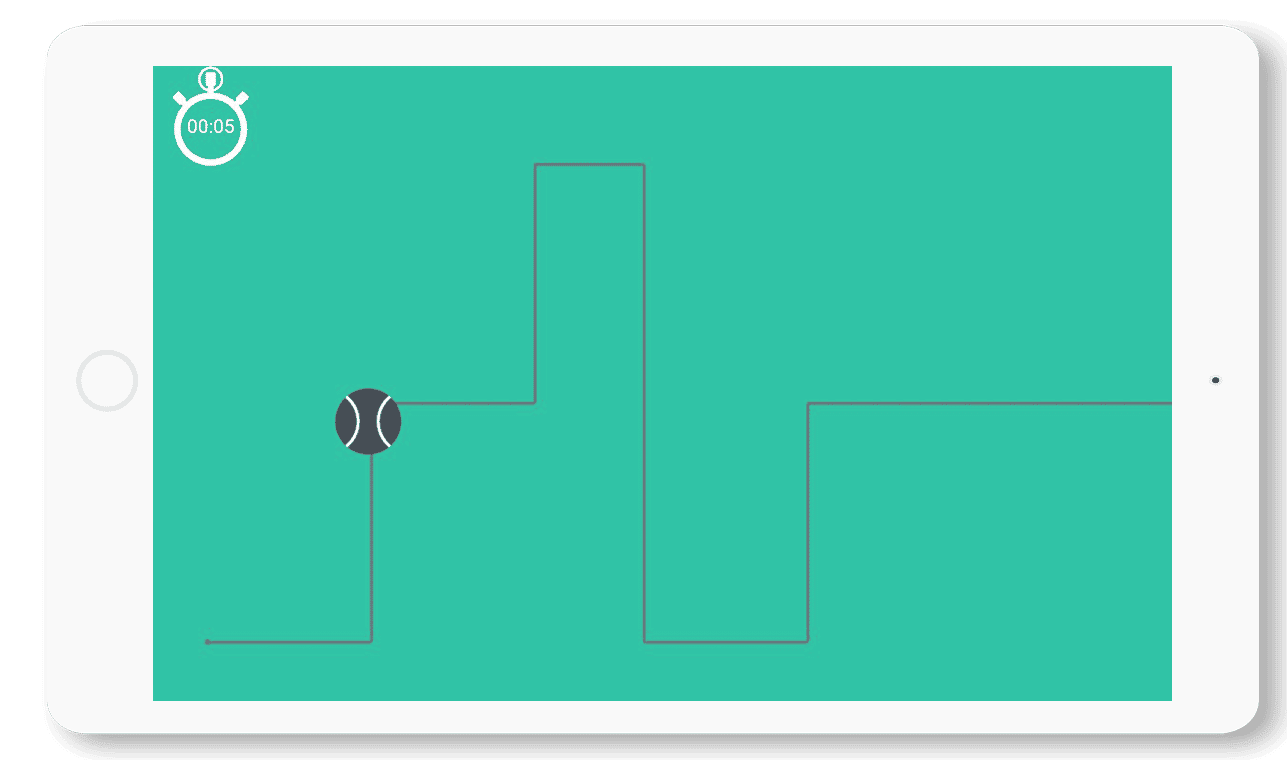
LINE FOLLOW-UP
You can choose from several routes to follow with the ball.

CENTER BALL
The aim of the game is to keep the ball in the center of the screen for an allotted time.
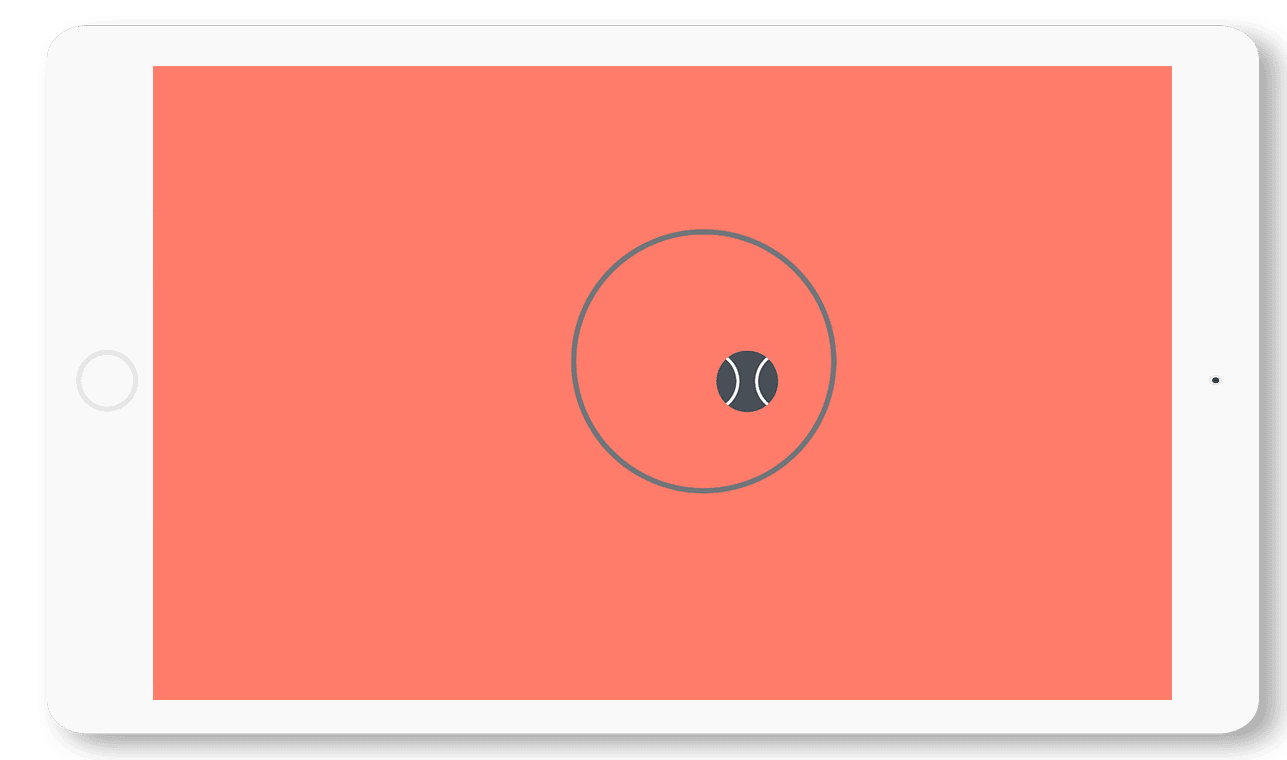
CIRCLE TRACKING
You have to keep the ball inside the moving circle.
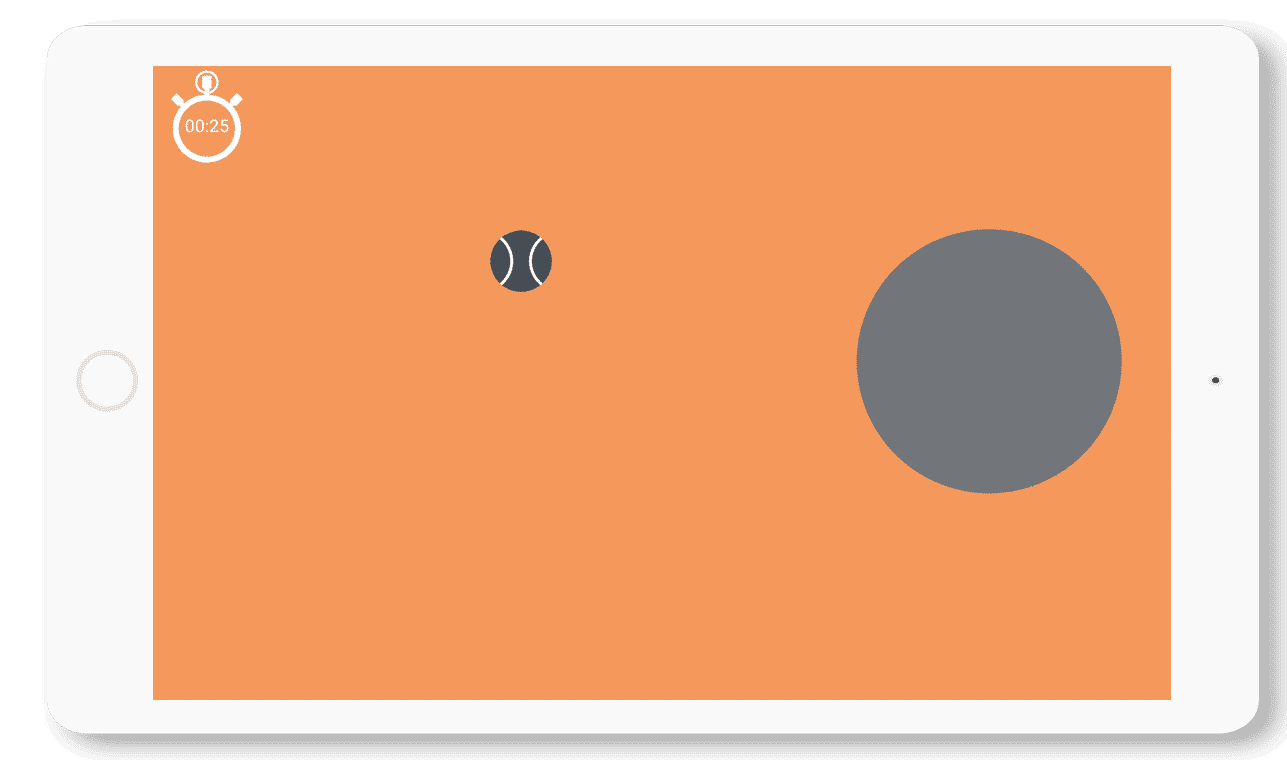
PASSAGE OF CIRCLES
The aim is to pass the ball through the circles that appear on the screen.
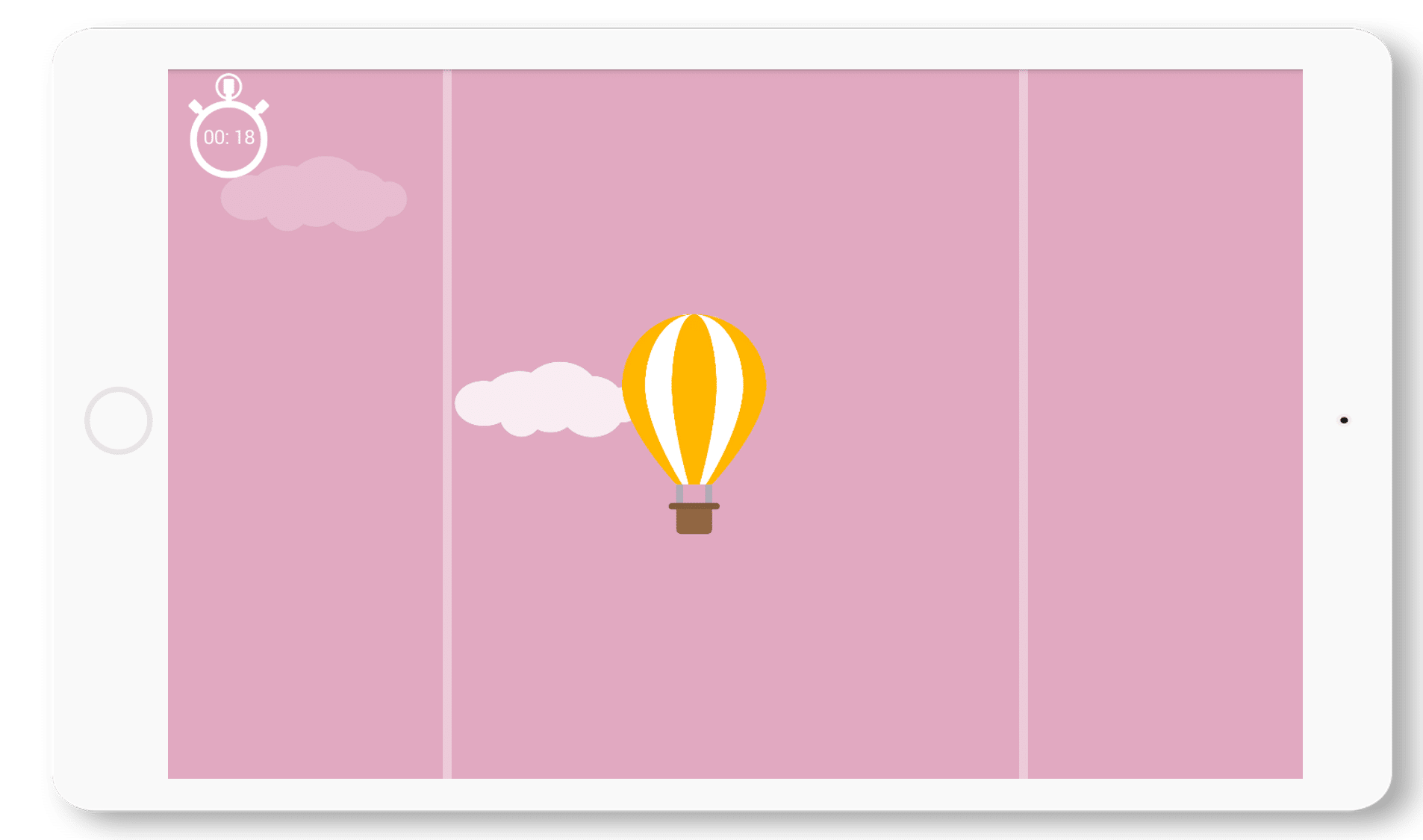
WIND RESISTANCE
The aim is to stay in the middle zone as long as possible.
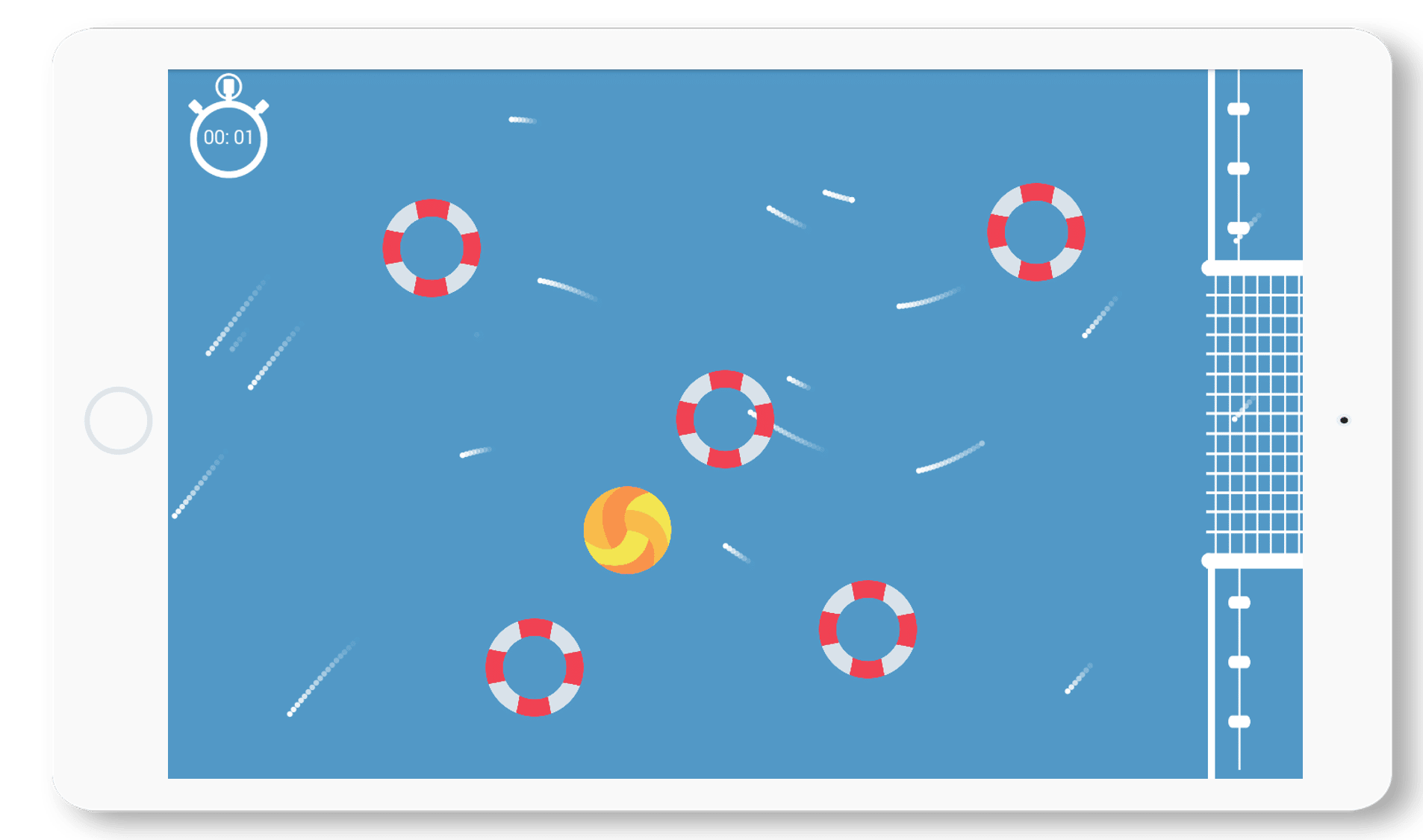
REMONTCURRENT
The aim is to reach the goal as quickly as possible while avoiding obstacles.
Other articles that might interest you:
ABA Therapy for Adults with Autism: Effective Treatment
ABA therapy, or Applied Behavior Analysis therapy, is a widely recognized and effective treatment for individuals with...
Supporting adults with autism
Dynseo proposes AUTISM IN ADULTS with CLINT Dynseo and its team are deeply involved in helping people in need, and our...
Innovative approaches to memory rehabilitation in speech therapy
Memory rehabilitation is an essential aspect of speech therapy, aimed at helping patients improve their cognitive...



